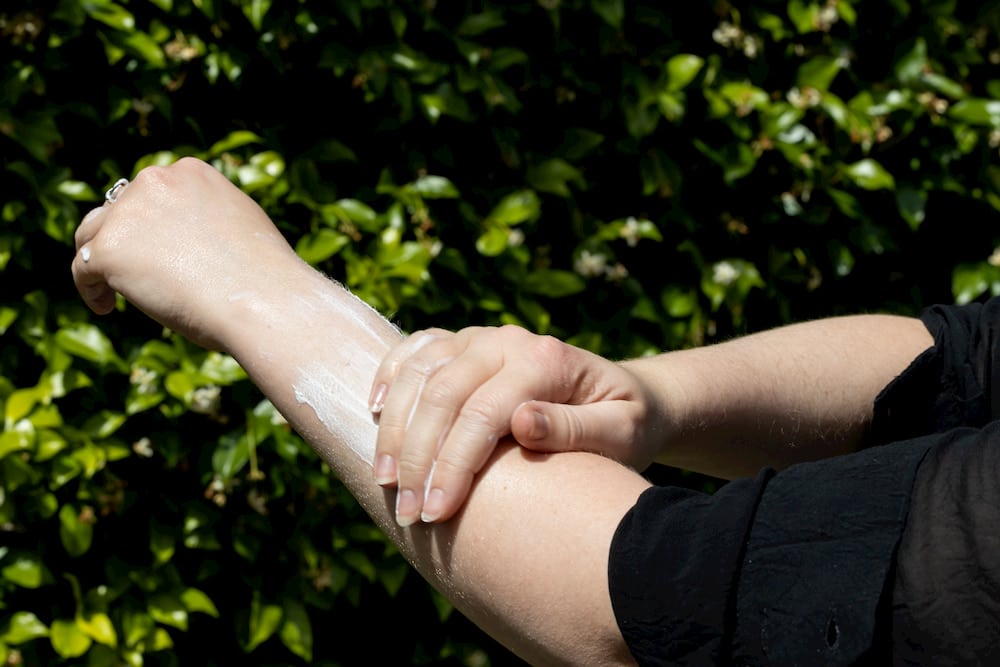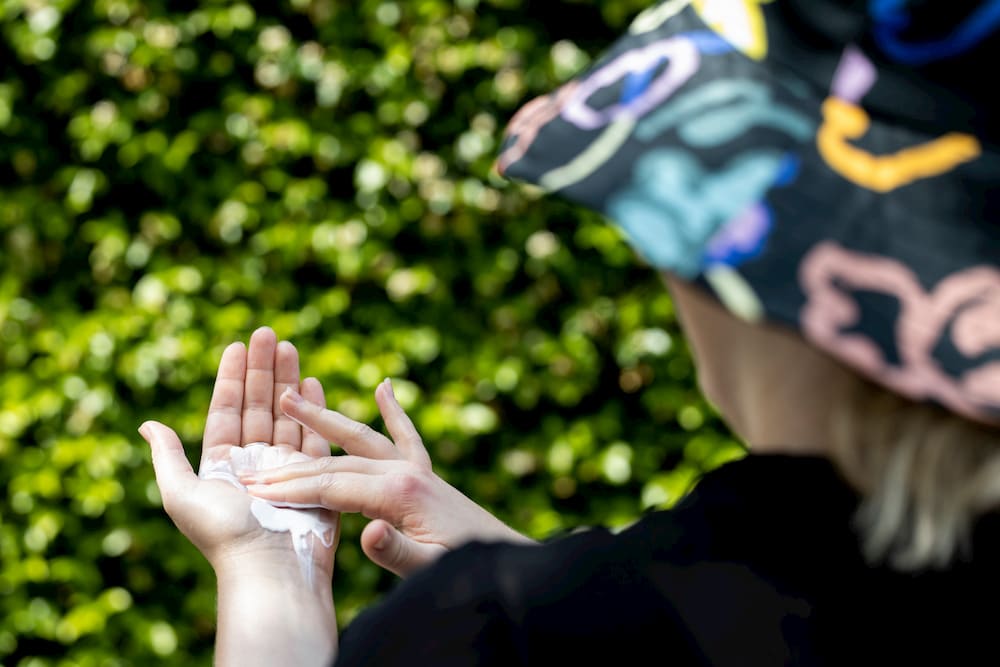Research shows kids of the 1980s and 1990s – many of whom now have children of their own – are failing to protect their skin from the sun’s harmful rays by practicing sun safety, with 25% reporting they get sunburnt on summer weekends.

Cancer Council ACT CEO Sandra Turner said this alarming statistic made her concerned the sun safety messages promoted to children in primary school weren’t reinforced by parents at home.
“Come the weekends, their parents are saying they have to put their hat on – but Mum and Dad walk around in baseball caps or singlets and don’t cover up,” she said.
“It’s about being role models.”
The fact melanoma is the most common cancer in Australians aged 15-39 added to the urgency of this message.
“I’m not saying any parent is a bad parent, we all need to role model.
“It’s like stopping at the pedestrian lights.”
Bad habits form in secondary school
Nearly 50% of Australians aged 25-44 say they like to get a tan, otherwise known as harmful UV damage, according to the 2019 Summer Sun Protection Survey (Life in Australia™).
Research shows sun protection becomes unpopular amongst Canberrans as early as secondary school.
Only 43% of ACT secondary students wear a hat at school, according to the 2017 Australian Secondary Students’ Alcohol & Drug survey.
Australia has the highest melanoma rates in the world, with one person diagnosed every 30 minutes and one person dying from the disease every five hours.
Melanoma Institute Australia CEO Matthew Browne said it was time to start life-saving conversations about skin health.
“This is a conversation that Australia has to have, to reduce the devastating impact of this disease on young Aussies particularly who have their whole lives ahead of them.”
If caught early, 90% of melanomas can be cured with surgery.
When to get a skin check
In terms of when to get a skin check, Canberra-based Australasian College of Dermatologists president Dr Andrew Miller said it depended entirely on the context.
“If you have a family with a history of melanoma and moles, then it’s probably good practice that people should start having their skin checks done in their late teens,” he said.
“In someone who is well, who has no family history of skin cancers, they need to self-check on a regular basis.”
For those uncertain how to survey their own skin, Dr Miller recommended getting a baseline check from a professional, to learn what to watch for.
Dr Miller said melanoma in a teenager was a rare event, however, people with a family history may have double the risk.
In his experience, a frank, sensible and honest conversation about the importance of sun safety worked best with younger people, “rather than being overly prescriptive and accusatory, because that just doesn’t work with kids”.
Chronic exposure just as risky as intense exposure in early life
There are two broad populations of melanoma, the first being the type that “make the headlines” – melanomas that became invasive, metastasise and kill.
These are due to intermittent, intense sunlight exposure in early life.
“But there’s a different sub population that are more slow-growing and thinner, but ultimately if neglected can do the same thing.”
Dr Miller said this type was attributable to chronic sun exposure, and “we see a lot in Australia”.
“You can never relax, you always need to be careful.”
It wasn’t all bad news, though.
“The other message is, it’s never too late.”
With people spending less time outdoors last summer because of bushfire smoke and the COVID-19 lockdown, Dr Miller said he saw fewer people presenting with acute sun damage (solar keratosis) in recent months.

Sunscreen myths dispelled
Dr Miller said sunscreen should only ever be used as part of a sun protection strategy, and he had some pointers when it came to picking the best bottle.
“The ones that say SPF 20 or 10 – there’s no guarantee it’s providing protection,” he said.
The best and most trustworthy option was broad spectrum SPF 50+.
“If they say that it means they’re meeting the Australian standard, and it’s not just UVB, it’s UVA cover.”
Most importantly, it should be applied thickly, often and in tandem with other sun protection strategies – not as an excuse to prolong time in the sun.
“People often say, ‘I don’t use a sunscreen’, because they use moisturiser or foundation with a sunscreen.”
While that may be fine for office workers who only spend 15 minutes outside during the day, Dr Miller said those products were inadequate for people who spend half an hour or more outside.



